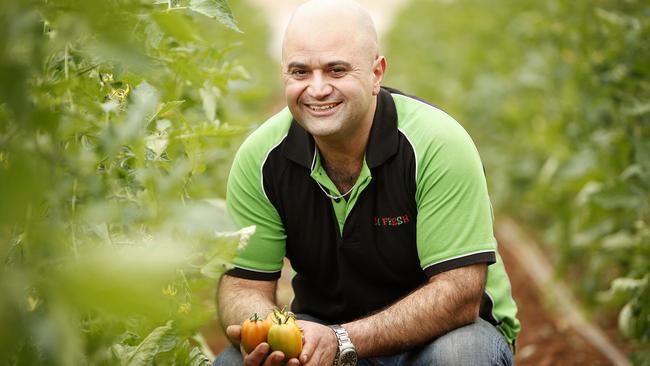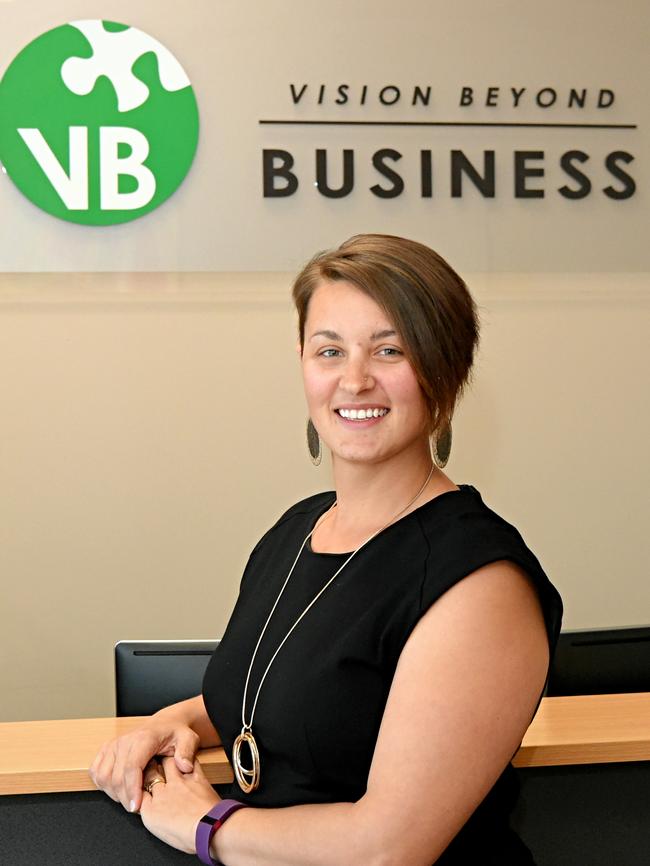How Playford Council plans to ease the cost of living and create new jobs
MILLIONS of dollars worth of tax cuts to residents and some business owners are at the heart of a Playford Council plan to lower the cost of living and create jobs.

North & North East
Don't miss out on the headlines from North & North East. Followed categories will be added to My News.
MILLIONS of dollars worth of tax cuts to residents and some business owners are at the heart of a Playford Council plan to lower the cost of living and create jobs.
The council this month released a Rates Policy Review, which proposes $636,000 a year in residential rates relief, meaning slightly cheaper bills for two-thirds of homeowners.
The big winners would be owners of commercial properties, who would collectively pay $2.5 million less in rates each year.
But rather than reduce spending to deliver the cuts, the council would increase rates on vacant land and collect an extra $1.8 million from large-scale primary producers, many of whom are recovering from last year’s floods.
A staff report revealed most businesses in Playford were paying more than double the amount of rates than businesses in Salisbury, Gawler and Tea Tree Gully councils.
The higher rates presented a “real barrier” to attracting new companies to Playford and encouraging existing firms to grow, according to the report.
Mayor Glenn Docherty has refused to comment on the plan in detail at this stage.
He said it was still in its infancy and would be subject to a month of community consultation, starting from today.
However, he said the council was “committed to easing” the cost of living pressures for residents.
The plan proposes cutting the average residential rate by about $20 to $1390 in 2017-18.
It comes off the back of a 4.5 per cent rate hike last year, the biggest in Adelaide.
Business owners would pay an average of $9810 in rates, an annual saving of about $2000.

The proposed cuts are the first real sign of Playford delivering on its 2014 pledge to try and slash business rates by 40 per cent within 13 years.
Vanessa Bamford, who has been running her accounting firm, Vision Beyond Business, in Blakeview for more than seven years, welcomed the plan.
“I think it’s great news, any bit (of money) we can save means that we can put it towards something else that would help us to move forward and grow,” Mrs Bamford said.
“Small businesses and start-ups would especially benefit from this.”
But it is not good news for all ratepayers.
Owners of a vacant block of land would be slugged, on average, an extra $605 in 2017-18, taking their rates to $1880 a year.
About 150 primary producers would pay an extra $870 on average, pushing their bill to about $2770.
IG Fresh owner Ilia Antonas, who has a 4ha vegetable farm in Virginia, said increasing rates for food growers would be a blow for the region.
“We are fighting against all odds,” Mr Antonas said.
“The floods washed through here not that long ago, which has cost this area a lot of money, and the weather has been so unpredictable, so this is just another huge stress that we don’t need.
“Everything is rising — electricity, rates — and unfortunately, in our industry, you can’t just pass on the costs.”
If the changes are passed, the council would collect $74.5 million in rates in 2017/18, up $3 million compared with this year.
Despite the increased revenue, the council’s draft budget predicts a $2 million deficit.
Major projects in the draft budget include:
$28 MILLION on the Playford CBD to help build a multistorey car park, a new building to be used by a State Government tenant, electricity and internet connections, redevelopment of the Grenville Community Connections Hub, and a new median strip along Main North Rd;
$28.5 MILLION for upgrades to footpaths, kerbs and trees;
$7.5 MILLION to upgrade parks and reserves, including Stage 2 of the Fremont Park upgrade, which will feature a new playground, ride-safe park, lighting, landscaping and picnic areas, and;
$6.1 MILLION to upgrade and maintain rural roads.


